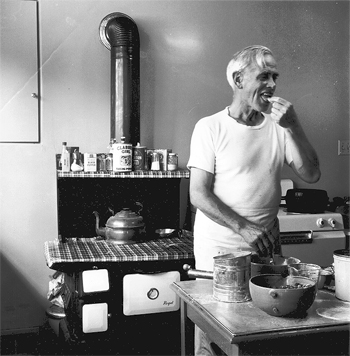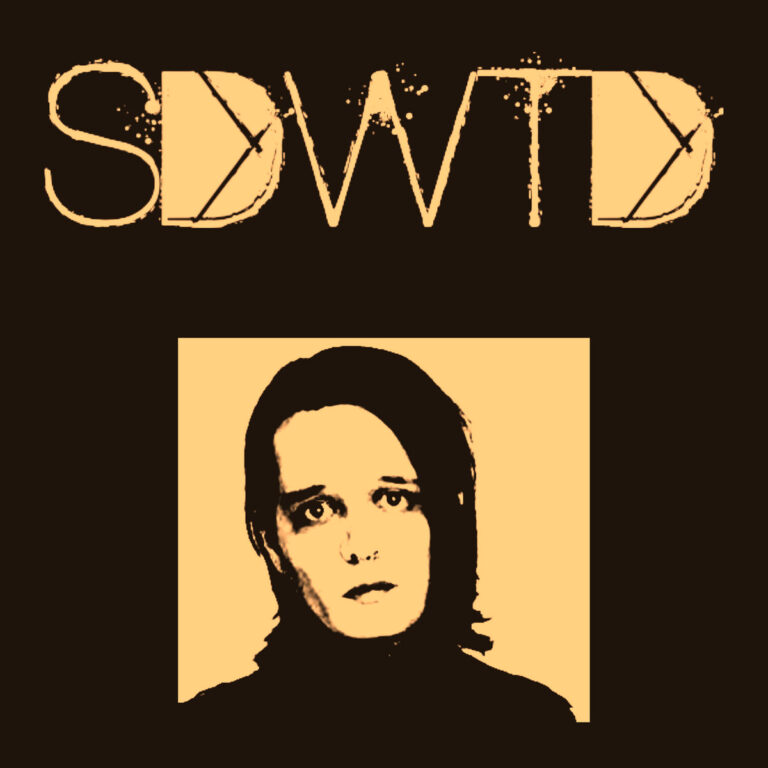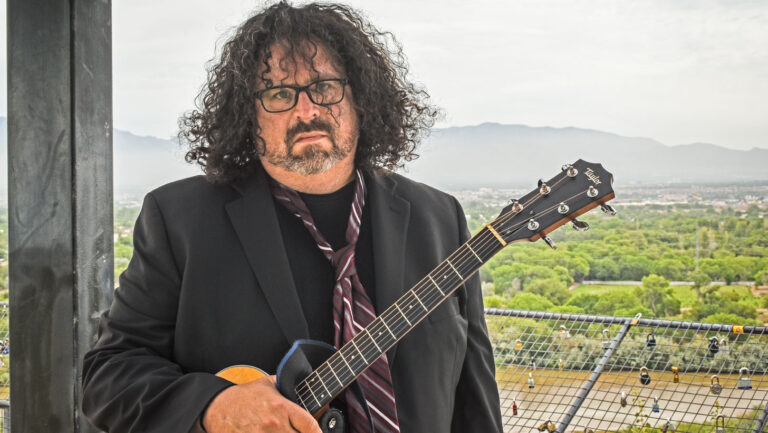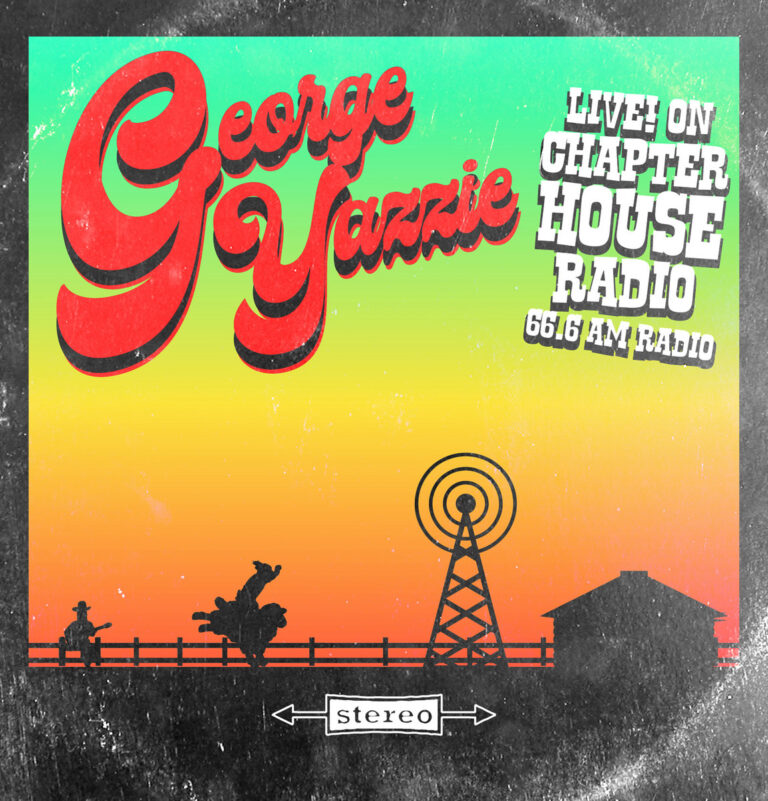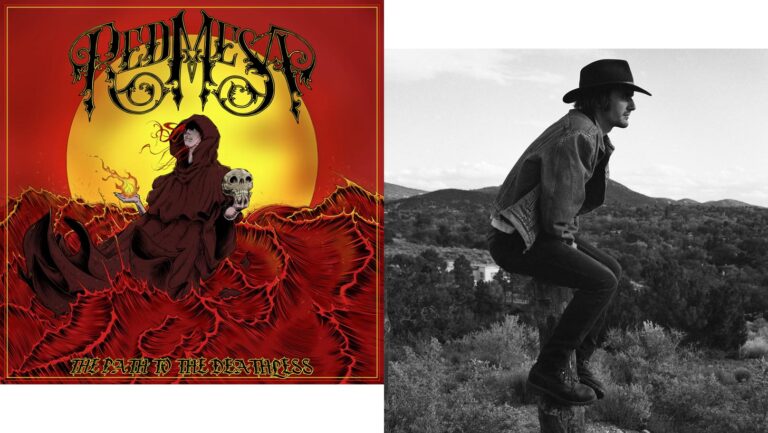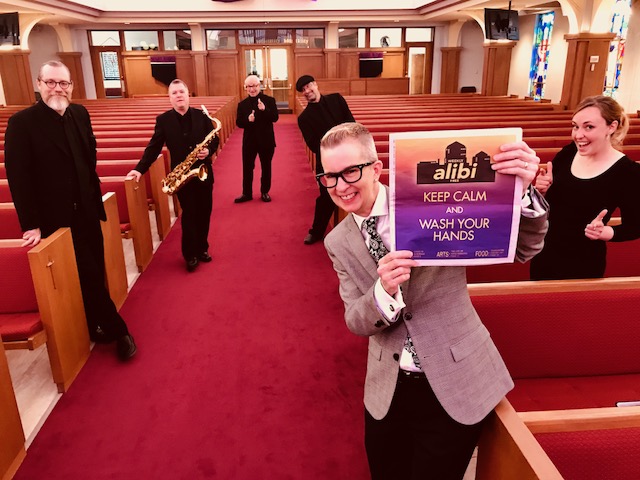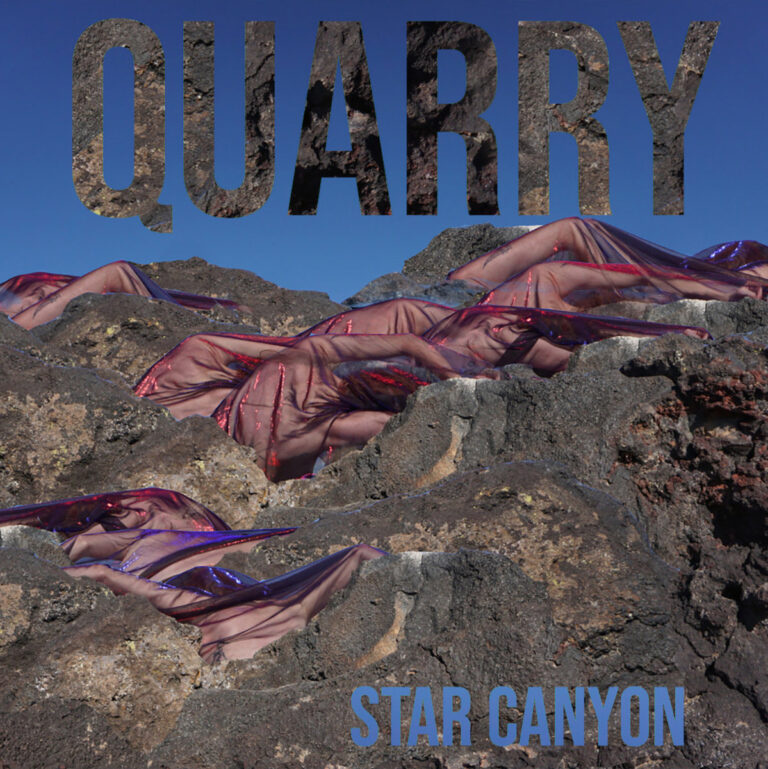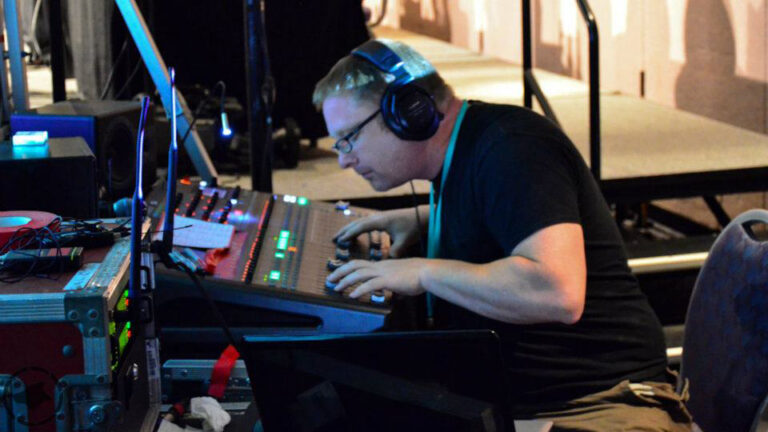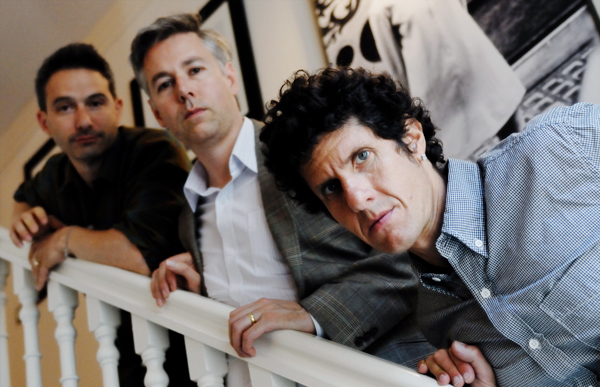Who Wrote That?
Barnes and Trost, who founded the band A Hawk & A Hacksaw, were touring in England with singer Benjamin Wetherill. One night in Leeds, they were taken by a song in his set. “He did a cover of ‘Lass from the Low Country,’ the second song on Boone-Tolliver, and we got to talking, and he told me about John Jacob Niles,” says Barnes.He and Trost began to research Niles. What they heard—his un-self-conscious, over-the-top theatrical delivery in an operatically trained voice rejigged for simple folk songs—fascinated them. “I get so drawn in to the stories,” says Trost, who feels that Niles is as much storyteller as singer. What’s more, his performances reflected a conscious sophistication that elevated the material while preserving its simplicity: folk song as art song.And what material it was. Niles assiduously collected and wrote songs all his life. At age 15, he wrote perhaps his most famous number, “Go ’Way From My Window,” based on a work-song fragment that he’d heard. In his wanderings through Appalachia, as a Burroughs Adding Machine Company salesman or as assistant to renowned photographer Doris Ullman, he collected whatever material he could: entire songs hundreds of years old, brought over from the British Isles; melodic fragments, the last remnants of near-forgotten tunes; scraps of lyrics. He freely adapted the material to his own purposes, sometimes writing new melodies for old lyrics or vice versa.A Pioneering Spirit
What also resonated with Barnes and Trost was Niles’ attempt, with the collaboration of his wife, Rena, to take control of the recording and distribution of his music—a rare concept in 1952. Having previously recorded with RCA and folk-oriented labels, he hired Dr. A.E. Clark of the Electronic-Recording Studio in Lexington, Ky., to head out to Kentucky’s Bluegrass Region for recording sessions on the Niles farm.In six sessions over four days, they got 13 tracks on tape. Niles and his wife designed the packaging and pressed 500 copies of the first release, “John Jacob Niles: American Folk Love Songs to Dulcimer Accompaniment ,” onto 10-inch 33 1/3 RPM vinyl discs. Five hundred copies of the second EP, “John Jacob Niles: Ballads (Vol.1),” was released soon after. Distribution, however, proved difficult, and the albums did not sell well, ending his experiment.Taking the Plunge
After working toward the same goal of self-production for several years, “we were ready to call our own bluff,” says Barnes. In 2011, he and Trost released A Hawk & A Hacksaw’s album Cervantine on their L.M. Dupli-cation label.They had their antennae up for other acts, having decided that they wanted to focus on music that’s been overlooked, whether it was current or previously issued. Niles seemed to fit the bill. He wasn’t well-known. There wasn’t much available, nothing that really did him justice.Their research led them to the John Jacob Niles Center for American Music at the University of Kentucky—Niles is an institution in his home state—where they learned about the Boone-Tolliver recordings. “A lot of the other recordings are tied up in a contractual labyrinth,” says Barnes, but the home recordings are still owned by the family. The center supplied the phone number of one of Niles’ sons, John Edward, an opera conductor, who agreed to license the music to L.M. Dupli-cation.Oh, My God
Barnes and Trost scoured the Internet in an attempt to find surviving copies of the two EPs, but they had no luck. Desperate, they emailed the Niles center in Kentucky, which has a single copy of each disc. The center—much to their astonishment—agreed to send them the discs for recording purposes.The holy grail arrived packed in bubble wrap via the U.S. Mail and was immediately placed on the turntable.“We just sat there and were just like—” Trost says, opening her mouth and eyes wide to illustrate their wonder.“And just complete joy,” says Barnes. “Like, I can’t believe this is so great. I can’t believe that we can put this out.”Not only have they put it out, but they’ve done it justice, with a splendid digital transfer from the old vinyl and with liner notes by Niles biographer Dr. Ron Pen, including detailed information on the provenance of each song. For the CD and vinyl editions, the beautifully designed packaging, printed on a ’40s offset press, offers an artifact worthy of the splendid artifact it contains.To order, go to ahawkandahacksaw.net, iTunes or amazon.com, or check out Nob Hill Music or We Buy Music locally.


